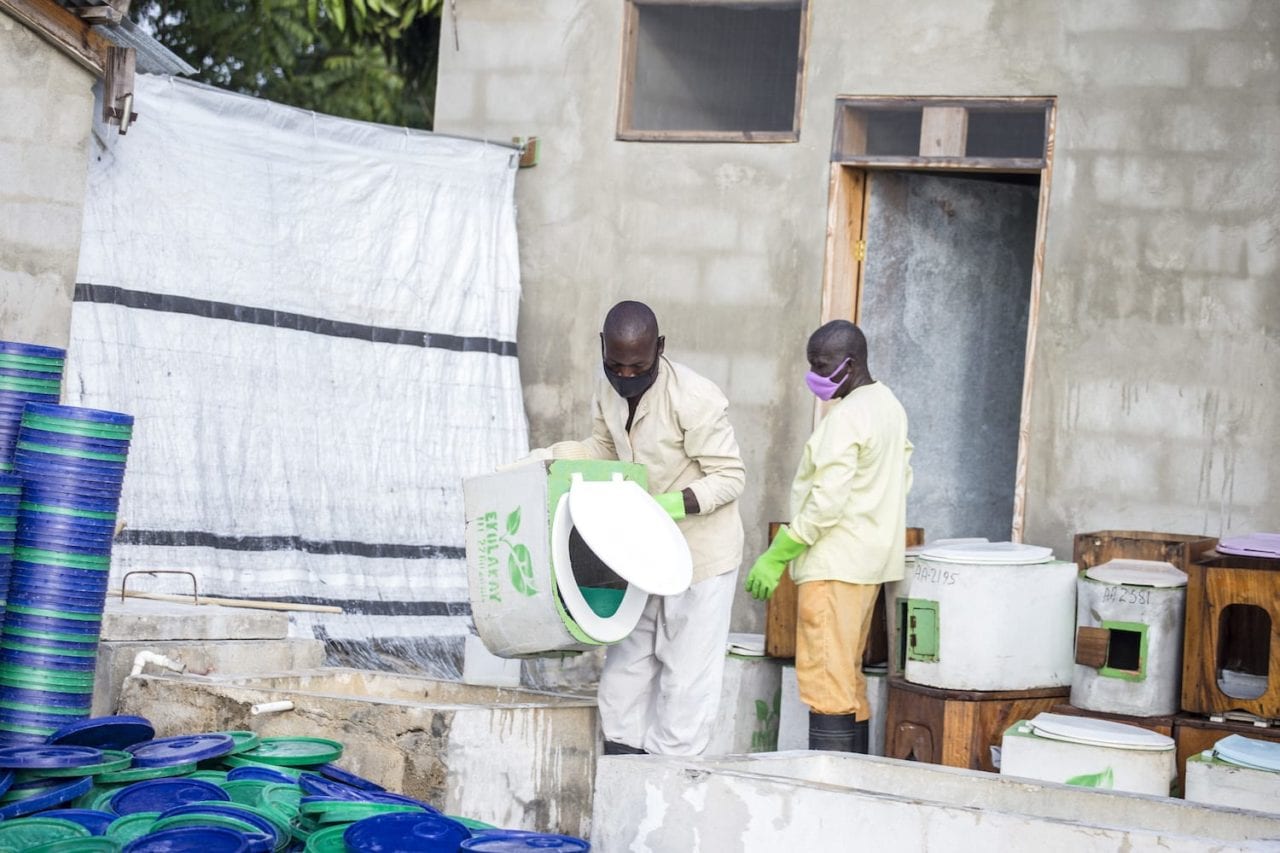ReThink: Cities Without Sewers

Photo: Caleb Alcénat/Labelimage for Project #WasteNot (CC BY-NC-ND 4.0).
"Where conventional sanitation is out of reach, old methods paired with new science can get human waste safely back in the ground, with environmental benefits and more. A project in Haiti is leading the way for cities without sewers."
As part of a reporting project dedicated to uncovering solutions for nutrient recovery from urban waste, environmental journalist Chelsea Wald spent time in Cap-Haïtien with SOIL late last year to better understand the nuts and bolts of our regenerative urban sanitation service.
In the newly published feature piece in ReThink, Chelsea explores SOIL's history, the challenges we face working to expand EkoLakay, and why we think we're poised to change the sanitation game for rapidly growing settlements in Haiti and beyond.
 Photo: Caleb Alcénat/Labelimage for Project #WasteNot (CC BY-NC-ND 4.0).
Photo: Caleb Alcénat/Labelimage for Project #WasteNot (CC BY-NC-ND 4.0).
SOIL's Executive Director Sasha Kramer shared with Chelsea that not long ago "we were just seen as very small players doing something new and potentially wacky." But now, Chelsea writes, "as this upstart idea finds its foothold amidst Haiti’s formidable challenges, SOIL is helping people worldwide think outside the sewer."
To read the full article on ReThink, follow this link.
